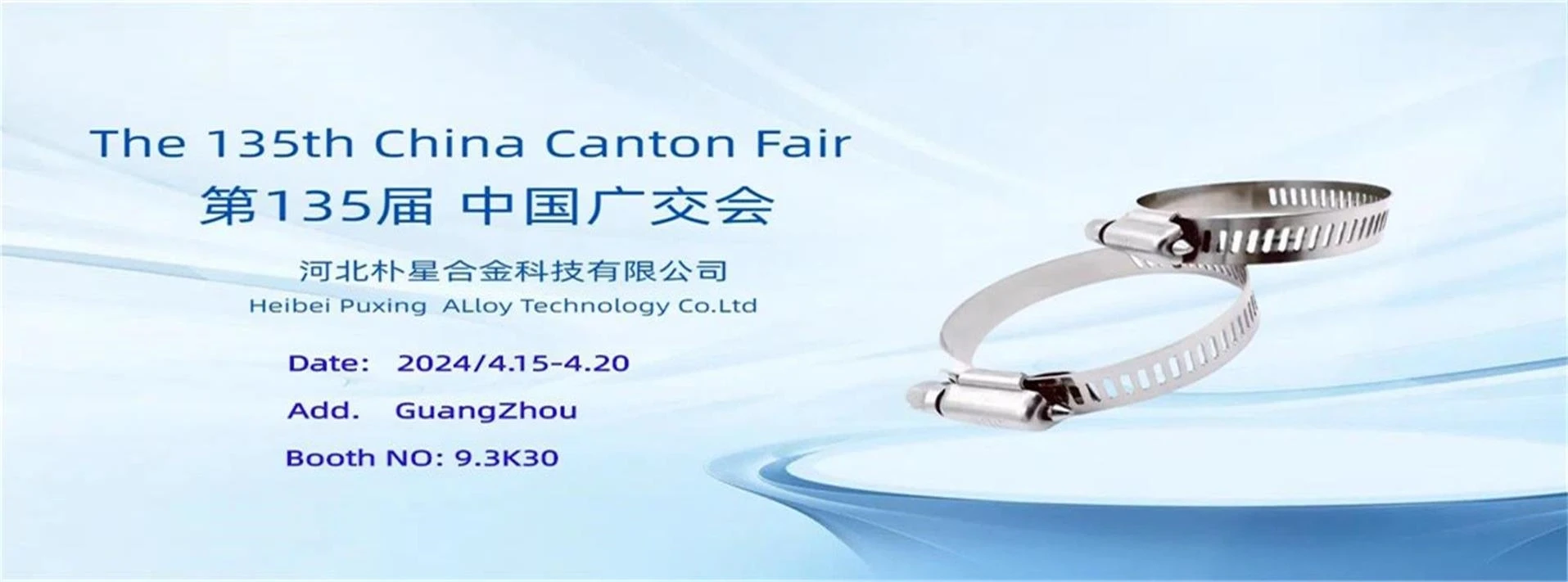- Phone:+86-17331948172 +86-0319-8862898
- E-mail: inquiry@puxingclamp.com
Հկտ . 21, 2024 22:54 Back to list
Duct Hose Clamp Manufacturers and Their Impact on Industry Growth and Innovation
Understanding Duct Hose Clamp Factories A Critical Overview
Duct hose clamps are essential hardware used in various industrial applications, especially in HVAC (Heating, Ventilation, and Air Conditioning), automotive, and manufacturing sectors. These clamps are designed to secure hoses to fittings, ensuring airtight seals and promoting safe operations. This article provides a comprehensive overview of duct hose clamp factories, including their significance, manufacturing processes, and the future of this industry.
Importance of Duct Hose Clamps
Duct hose clamps serve a vital role in multiple applications. They help prevent leaks in duct systems, which is crucial for maintaining efficiency in heating and cooling installations. In the automotive industry, these clamps secure hoses connected to radiators, fuel lines, and air intake systems, ensuring optimal engine performance. By providing reliable connections, duct hose clamps contribute significantly to safety, energy efficiency, and the longevity of equipment.
Manufacturing Processes
Duct hose clamp factories often implement various manufacturing processes to produce these clamps. The typical steps involved in the production of duct hose clamps include
1. Material Selection Most duct hose clamps are made from stainless steel, carbon steel, or polymer materials. The selection of materials depends on the application’s requirements, including resistance to corrosion, temperature, and pressure.
2. Stamping and Cutting Raw materials are stamped or cut into specific shapes. For example, metal strips may be cut into desired lengths for creating the band of the clamp.
3. Forming The cut materials are then formed into the clamp’s shape. This step may involve bending and shaping to ensure the clamp fits correctly around the duct or hose.
4. Joining Many duct hose clamps include fasteners that must be attached securely. This can be accomplished through welding, riveting, or using screws, ensuring a robust connection that withstands operational stress.
5. Finishing After the clamps are formed and assembled, they undergo finishing processes, which may include buffing, coating, or galvanization. These processes enhance the clamp's durability and corrosion resistance, making them suitable for various environments.
duct hose clamp factories

6. Quality Control Rigorous quality control measures are critical in manufacturing duct hose clamps. Factories often use advanced testing equipment to assess the strength, durability, and performance of the clamps before they are shipped to customers. This ensures compliance with industry standards and regulations.
The Impact of Automation and Technology
In recent years, duct hose clamp factories have increasingly adopted automation and advanced manufacturing technologies. Automated machinery enhances production efficiency, reduces labor costs, and minimizes human error. Technologies such as Computer Numerical Control (CNC) machines allow for precise cutting and shaping, ensuring consistent quality across batches.
Furthermore, the integration of Industry 4.0 principles—such as the Internet of Things (IoT) and data analytics—enables factories to monitor production processes in real-time. This data-driven approach helps managers make informed decisions, optimize workflow, and reduce waste, leading to more sustainable practices.
Challenges Facing Duct Hose Clamp Factories
Despite the advancements in technology, duct hose clamp manufacturers face several challenges. One significant issue is the fluctuating prices of raw materials, particularly metals. Such volatility can impact production costs and profit margins. Additionally, as industries move towards more sustainable practices, manufacturers must adapt by developing eco-friendly products and processes.
Another challenge is the increasing competition from global manufacturers. Companies based in regions with lower labor costs may offer similar products at reduced prices, pressuring local manufacturers to innovate and differentiate their offerings.
The Future of Duct Hose Clamp Factories
The future of duct hose clamp factories looks promising, driven by increasing demand across various sectors. Innovations in materials, such as lightweight and high-strength alloys, will lead to the production of more efficient clamps. Moreover, as industries become more environmentally conscious, the development of recyclable and bio-based materials will likely shape future product lines.
In conclusion, duct hose clamp factories play an integral role in multiple industries, ensuring safety and efficiency through reliable connections. While challenges exist, the adoption of advanced technologies and a focus on quality and sustainability will undoubtedly influence the future landscape of this critical manufacturing sector. As the industry continues to evolve, manufacturers that can adapt to changing market demands and maintain high standards will thrive in the global marketplace.
-
German Style Hose Clamp Manufacturer Quick Lock Worm Gear Hose Clamp Supplier
NewsJul.04,2025
-
Steel Midsole with Stainless Steel – Durable, Lightweight Safety Solutions from Top Factories and Suppliers
NewsJun.24,2025
-
High-Quality Stainless Steel Midsoles in EN Standard – Reliable Factories & Suppliers
NewsJun.10,2025
-
High-Quality Steel Midsole Stainless Steel Factory & Suppliers Durable Safety Solutions
NewsJun.10,2025
-
Steel Plate Midsole Durable Support for Footwear Applications
NewsJun.10,2025
-
Top Tube Clamp Manufacturers Durable Pipe & Hose Solutions
NewsJun.10,2025




